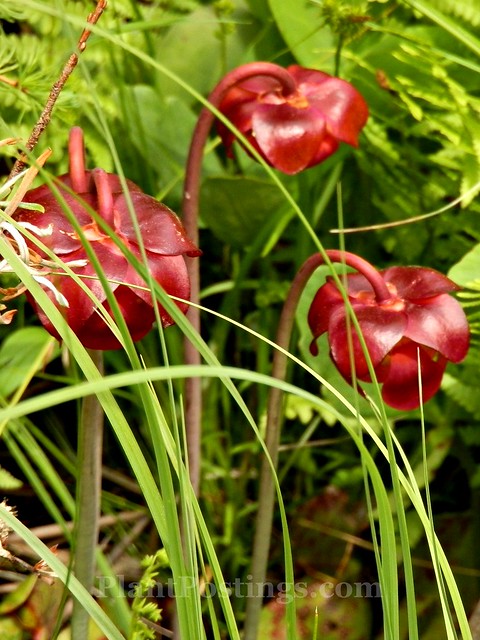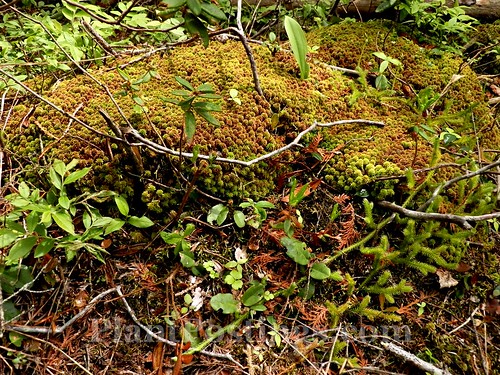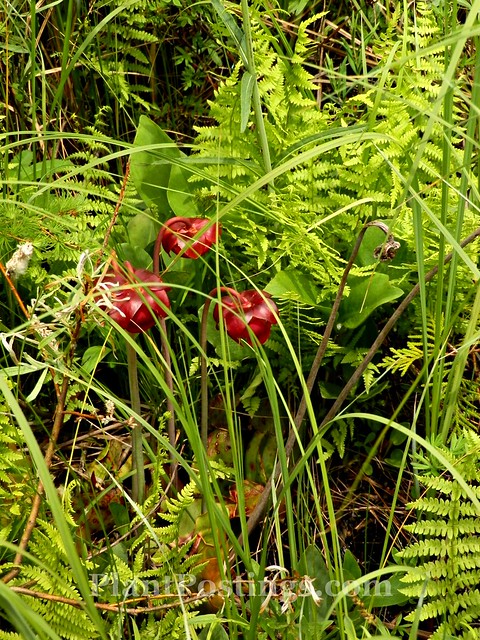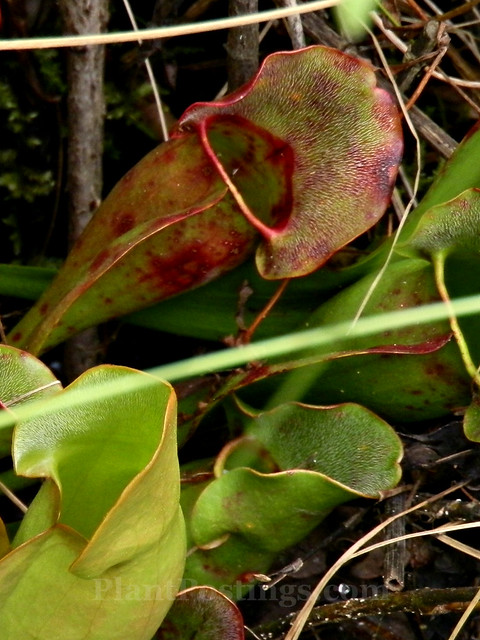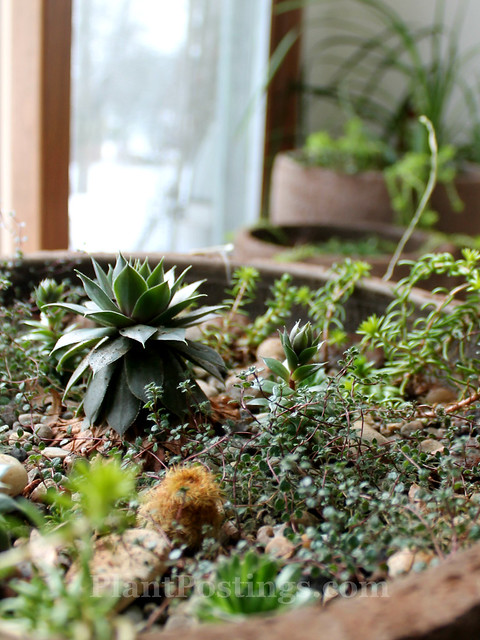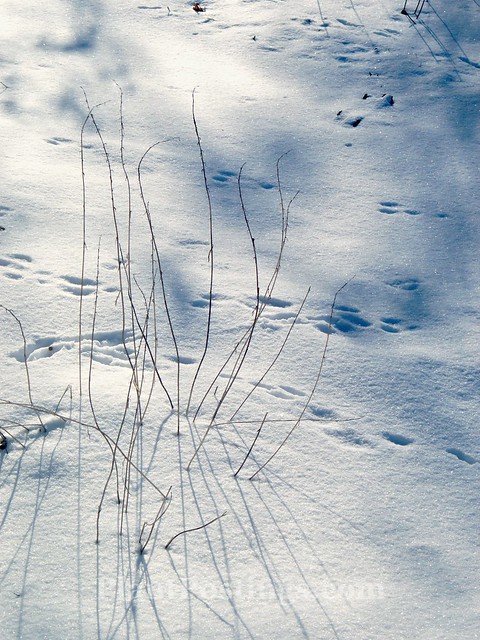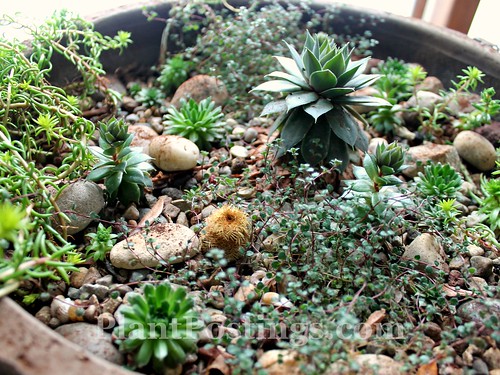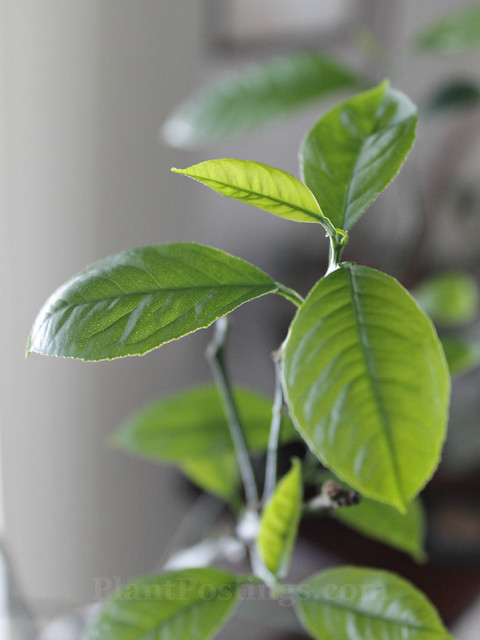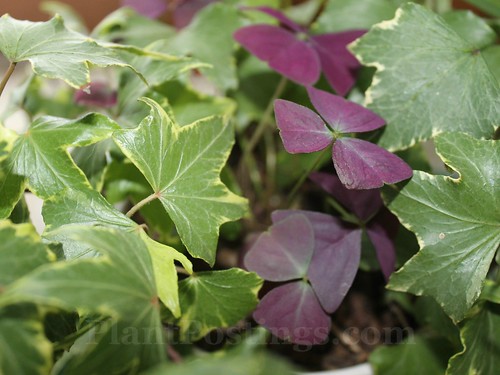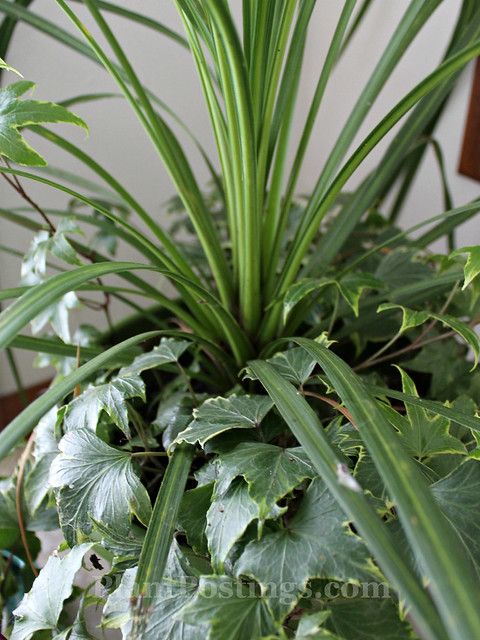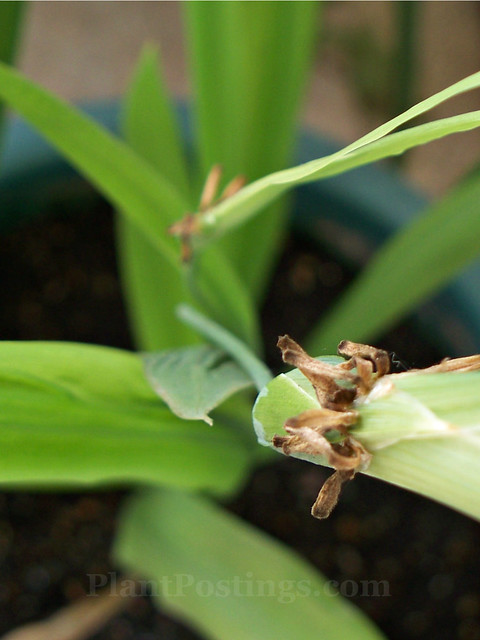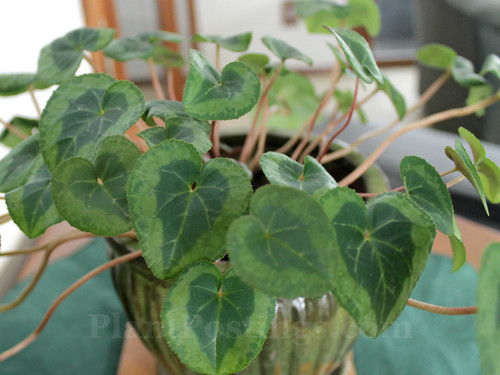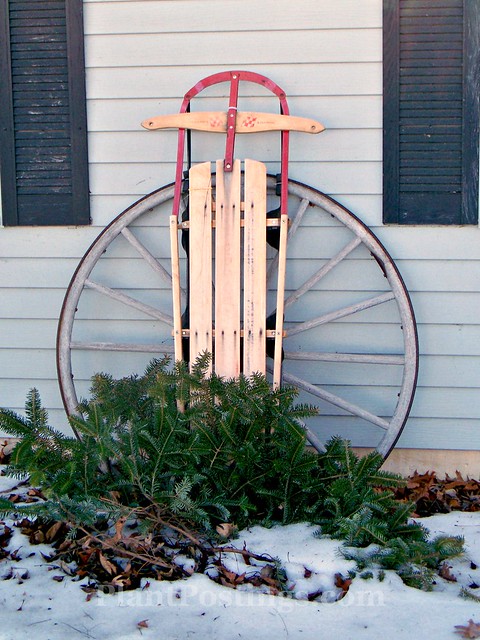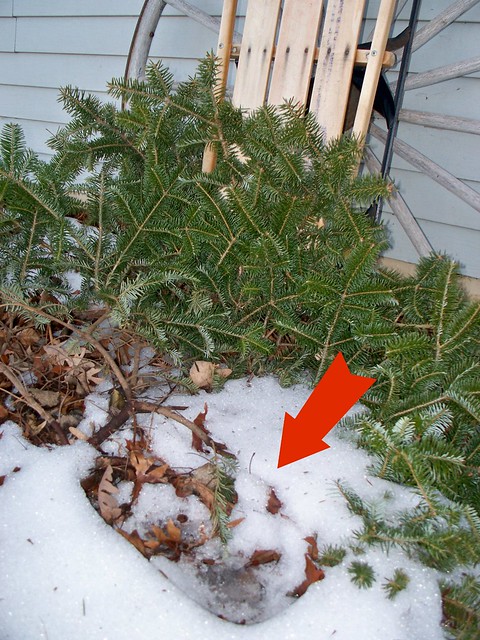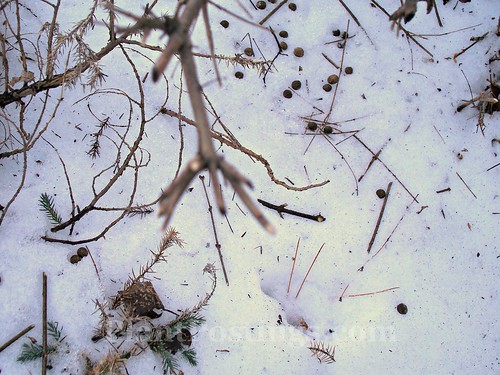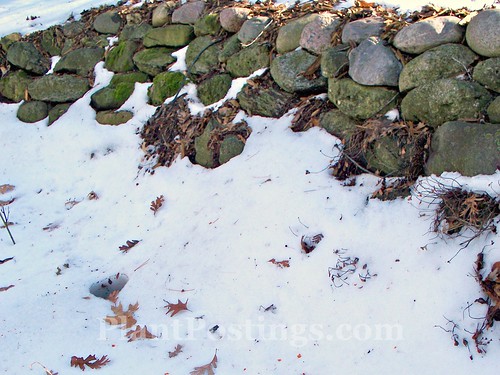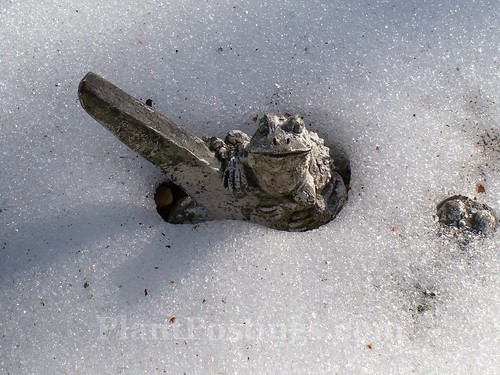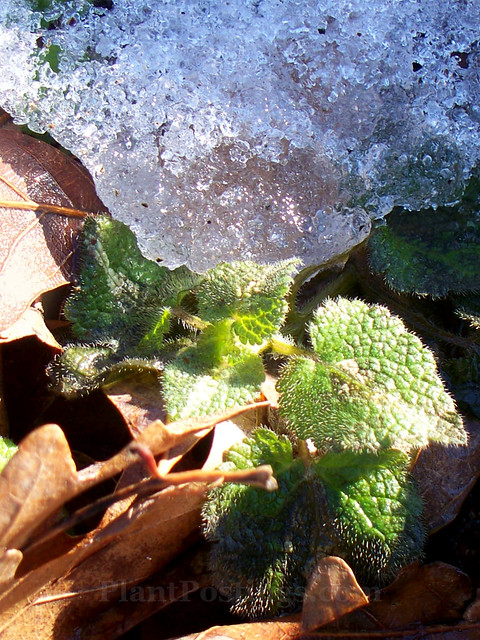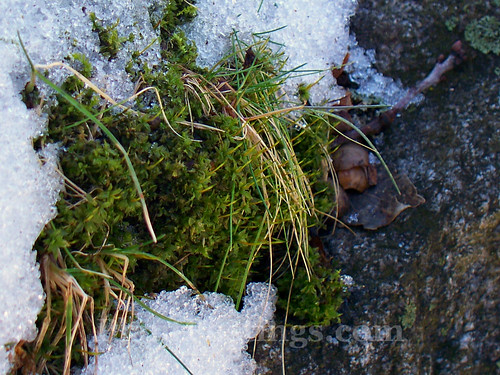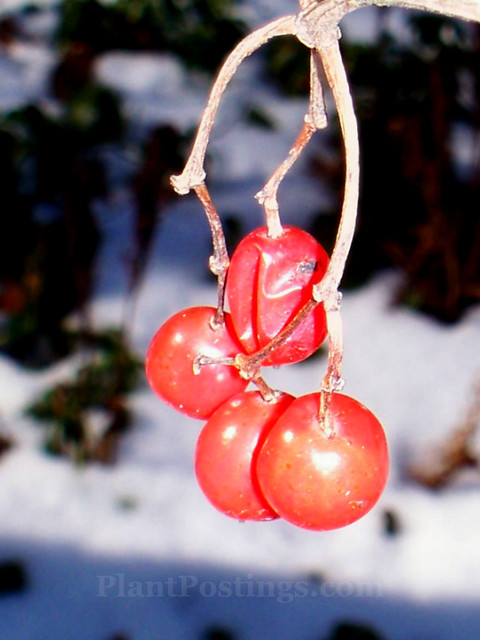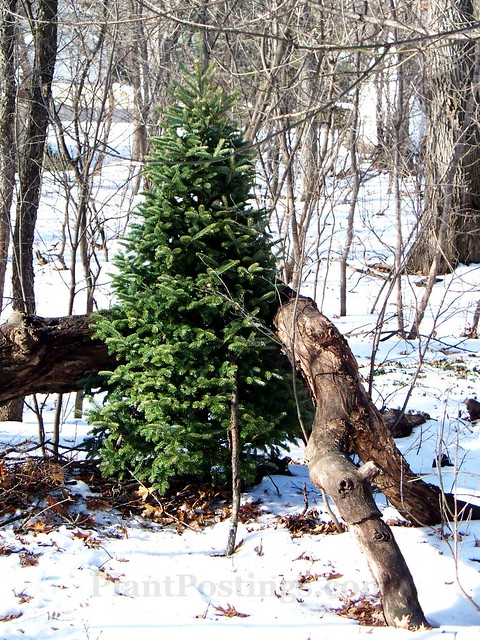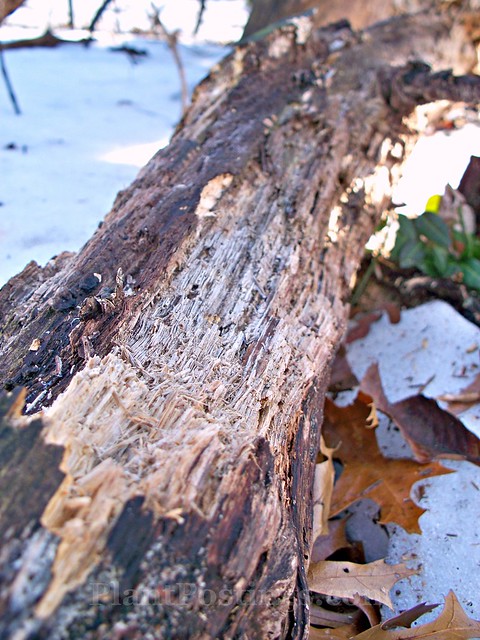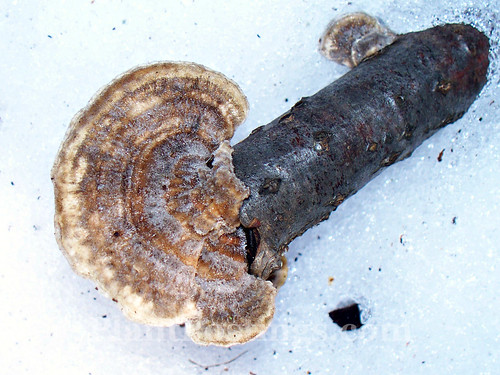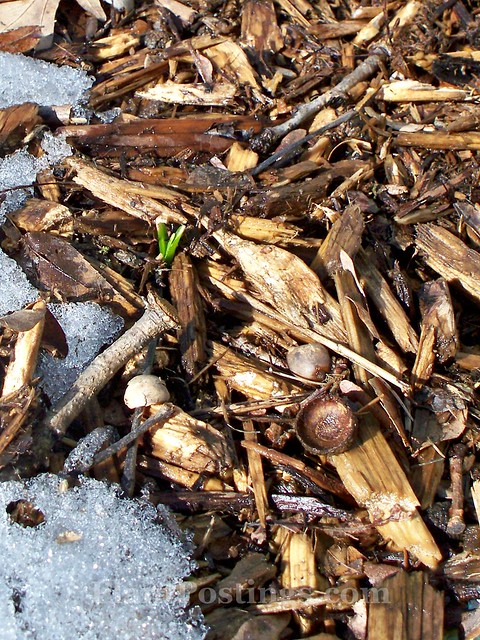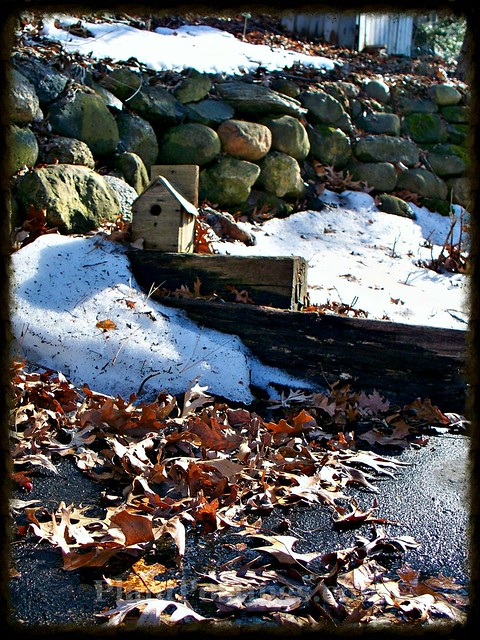
She contemplated the idea of skipping winter for a year, or even skipping it for the rest of her life.
Her struggle with the cold, brutal beast had been a lifelong challenge--stretching over decades of "grinning and bearing" chills to the bone, frostbitten fingers, struggles to breathe.
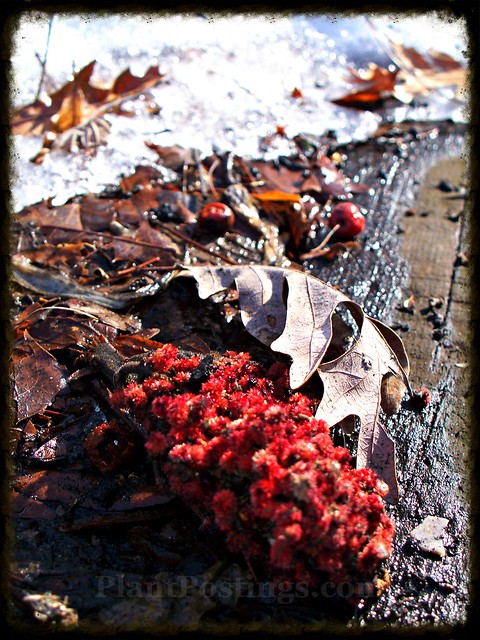
But somewhere along the way, she realized she'd actually miss winter if she skipped it--even for one year.
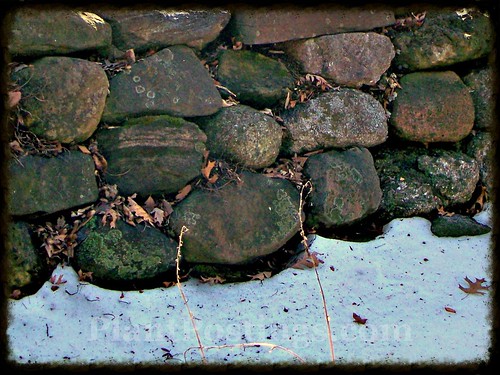
Winter is raw and ravaging in a northern climate. When temperatures are subzero Fahrenheit (colder than -18C), faces hurt, even launching a meme for those coldest of days: "Why do I live where my face hurts when I go outside?"
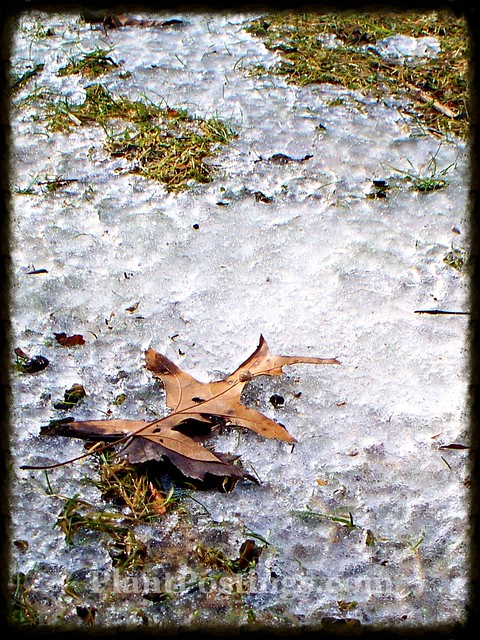
Yes, indeed, good question.
She'd asked it every winter.
One year, after spending a month in Florida and returning in mid-March, she was never so happy to return home--where even the end of winter was too cold for fire ants and chiggers.
Ah, and the transitional March air was fresh and sweet and clean.
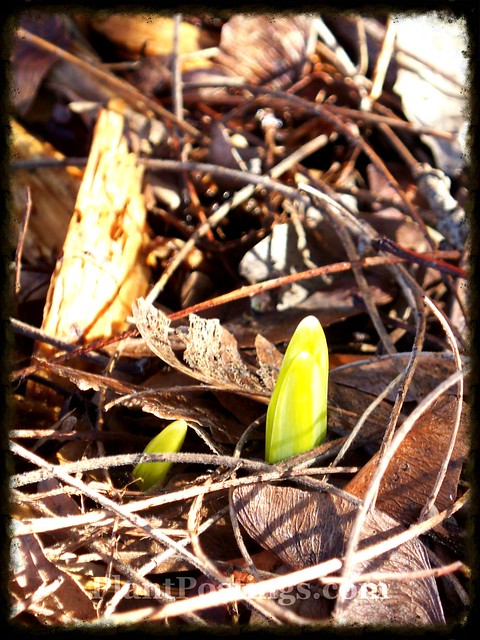
Springtime had begun assert itself. Daffodils and Crocuses were poking through the soil. Indoor plants were blooming. The sun was shining so intensely.
Ah, she thought, "I would miss this transition if I avoided it entirely. Experiencing winter gives me a huge appreciation for spring, summer, and fall. And winter affords time for dreams and rest and planning."
The four distinct seasons seemed OK, when she realized how much she would miss winter if she skipped it.
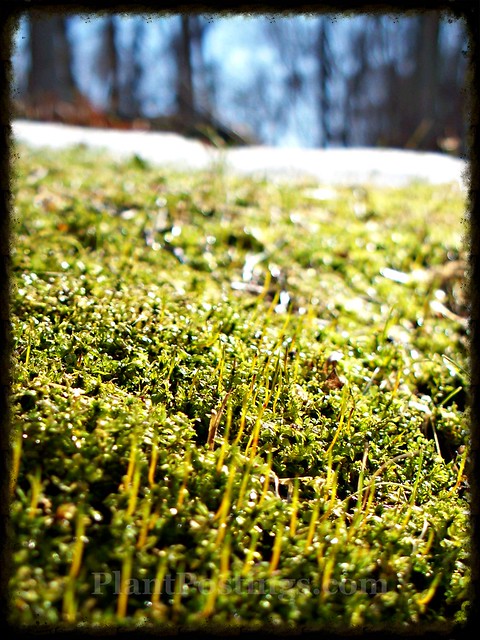
The thing is, she reflected, "There's a bittersweet feeling watching those last gentle, puffy snowflakes of the year twirl artfully from the heavens to melt on the warm earth ... or disappear after a day or two.
"And winter always ... always, ultimately loses its battle with spring."
* * * * * * * * * * * * * * *
These reflections have been on my mind lately as I've begun to realize winter has a place in my heart. How about you? What garden inspirations and lessons have you learned or reflected on during the past season?
Contributions from both hemispheres and all continents are welcome! To join in the "Garden Lessons Learned" meme, simply write a post or share one you've already written about lessons you've learned during the past season. Then share your links or observations in the comments on this post. I'll keep this post up for a few days, and it will be available always under the "Lessons Learned" tab at the top of this blog. I'll share "lessons learned" posts on the PlantPostings Facebook Page closer to the equinox.
Please also join in Donna's Seasonal Celebrations at Gardens Eye View! Feel free to join in with a post that fits both memes, or separate posts for one or both of them.
Happy spring to friends in the Northern Hemisphere, and happy autumn to those in the Southern Hemisphere!
